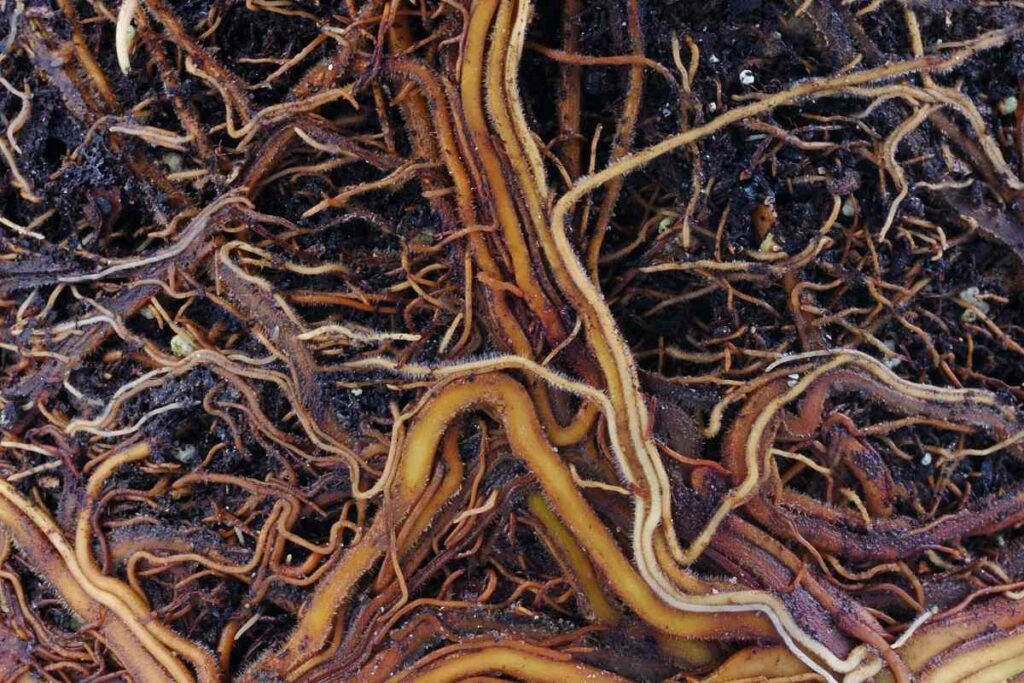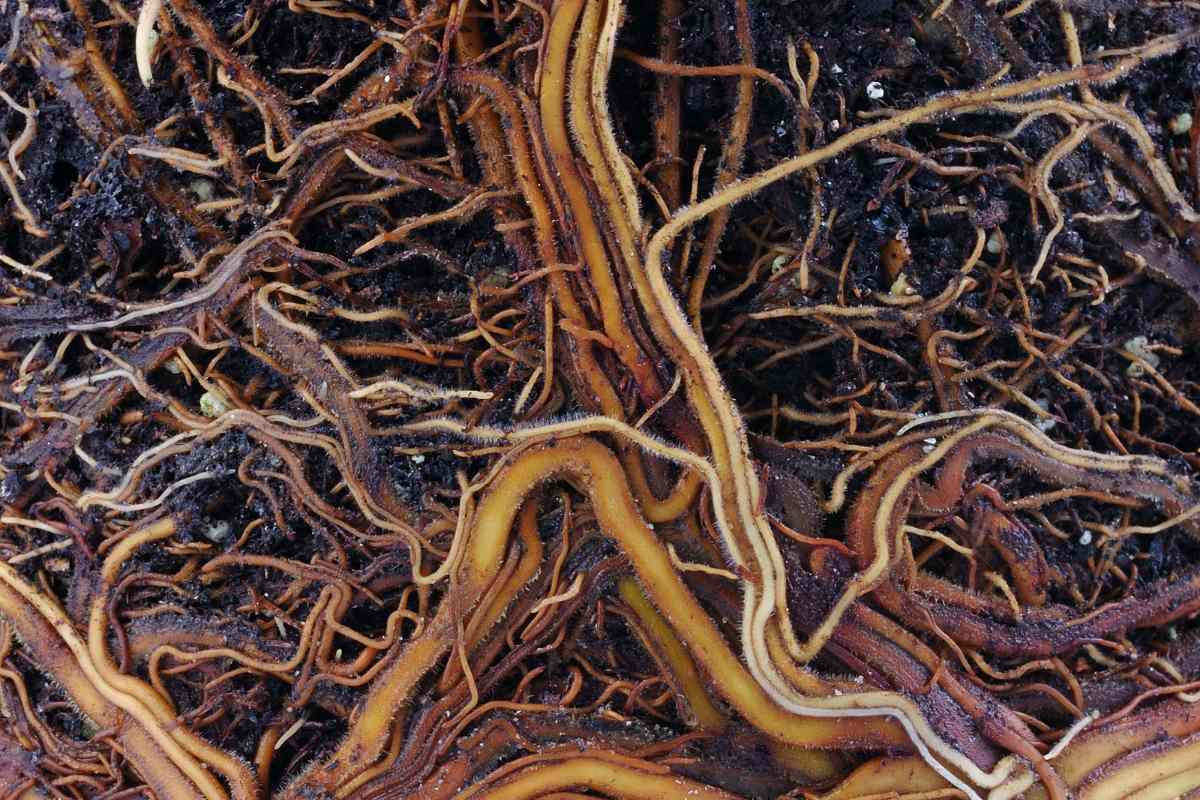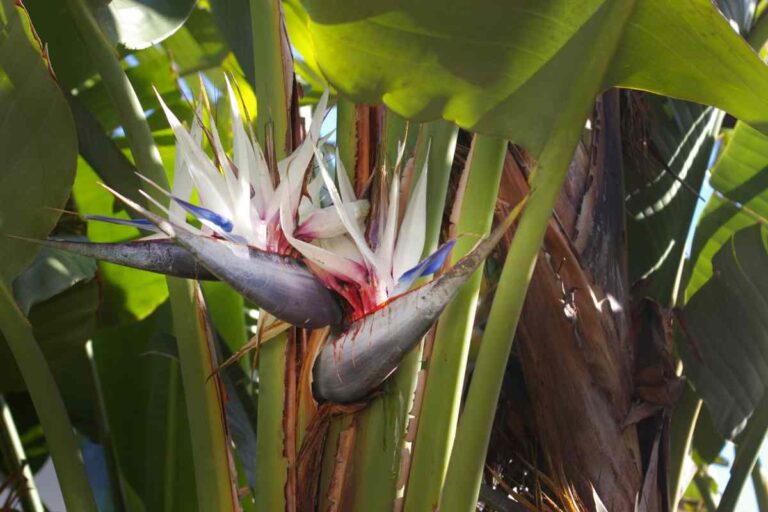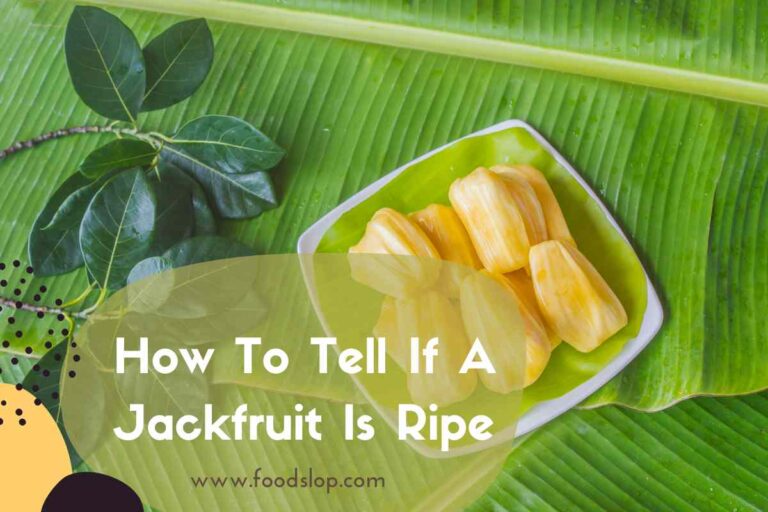Root Rot Bird Of Paradise
Are your beautiful bird of paradise plants suffering from root rot? Don’t worry, you’re not alone. Root rot is a common problem that many gardeners face when growing these stunning tropical plants. However, with proper care and attention, you can prevent and treat this issue effectively.
In this article, we will explore the causes of root rot in bird of paradise plants and provide you with essential tips to avoid it. We’ll discuss the importance of proper watering techniques to maintain healthy roots and explain how choosing the right soil can make a significant difference in preventing root rot.
Root Rot Bird Of Paradise

Additionally, we’ll highlight the early signs of root rot that you should be on the lookout for so that you can take immediate action. And finally, we’ll guide you through effective treatment methods to save your bird of paradise plants from this damaging condition and share preventive measures to ensure it doesn’t happen again.
By following our advice, you’ll be well-equipped to keep your bird of paradise plants thriving without any worries about root rot!
Understanding the Causes of Root Rot in Bird of Paradise Plants
You need to understand the causes of root rot in your bird of paradise plants if you want them to thrive and avoid any potential damage. Root rot is a common problem that can occur when the roots of your plants become waterlogged, leading to an overgrowth of harmful fungi.
One of the most significant symptoms of root rot is wilting leaves that turn yellow or brown. You may also notice a foul smell coming from the soil or mushy roots when you inspect your plant.
To control root rot, it’s crucial to ensure proper drainage by using well-draining soil and pots with drainage holes. Avoid overwatering your bird of paradise plants and allow the soil to dry out between waterings. Additionally, removing any infected roots and treating them with a fungicide can help prevent further spread of the disease.
Proper Watering Techniques to Prevent Root Rot
To ensure healthy growth and vibrant blooms, it’s essential to water your plant with a gentle touch, like a cool summer rain on a hot afternoon. Proper watering techniques can help prevent root rot in bird of paradise plants. One key factor is the frequency of watering. These tropical beauties prefer slightly moist soil, so aim to water them when the top inch of soil feels dry. Overwatering leads to stagnant water in the roots, creating an ideal environment for root rot. Another crucial aspect is drainage. Bird of paradise plants require well-draining soil to prevent excess moisture from accumulating around the roots. You can achieve this by using a pot with drainage holes or adding perlite or sand to improve soil drainage. By following these tips, you’ll give your bird of paradise the love and care it needs to thrive.
| Emotion | Description | Example |
|---|---|---|
| Joy | A sense of happiness and contentment | Seeing vibrant blooms |
| Relief | Feeling free from worry or discomfort | Preventing root rot |
| Serenity | A peaceful and calm state | Gentle watering technique |
| Excitement | A feeling of enthusiasm or eagerness | Watching new growth emerge |
| Satisfaction | A sense of fulfillment or achievement | Healthy plant growth |
Choosing the Right Soil for Bird of Paradise Plants
Creating the perfect environment for your tropical beauty starts with selecting the ideal soil for your bird of paradise plant. When it comes to choosing the right soil, you want to opt for a well-draining mix that won’t cause root rot. Look for a potting mix designed for tropical plants or create your own by mixing equal parts peat moss, perlite, and sand. This combination will provide ample drainage while still retaining enough moisture for your bird of paradise to thrive.
In addition to choosing the right soil, using the best fertilizers is essential for healthy growth. Feed your plant with a balanced fertilizer every two weeks during the growing season to promote vibrant foliage and abundant blooms.
Lastly, repotting is important for caring for your bird of paradise plant. Repot it every two to three years in fresh soil to ensure proper growth and prevent overcrowding of roots. When repotting, gently loosen any compacted roots before placing it in a slightly larger pot with well-draining soil.
By following these tips on selecting the right soil, using appropriate fertilizers, and repotting correctly, you’ll be able to create an optimal environment for your bird of paradise plant and keep root rot at bay.
Recognizing the Early Signs of Root Rot
Identifying the initial indications of a potential issue with your tropical plant’s root system can help you prevent further damage and ensure its overall well-being. When it comes to root rot in bird of paradise plants, early detection is key.
Keep an eye out for yellowing leaves that are wilting or drooping, as this can be a sign that the roots are being affected by rot. Additionally, if you notice a foul odor coming from the soil or see black or brown mushy roots when you inspect them, it’s likely that your plant has already been infected.
If you suspect root rot, it’s important to act quickly. Effective root rot treatments include removing the affected parts of the plant and replanting it in fresh soil with proper drainage. Also, make sure to adjust watering practices to avoid overwatering your bird of paradise in the future.
By identifying root rot symptoms early on and taking appropriate action, you can save your beloved tropical plant from further harm.
Treating and Preventing Root Rot in Bird of Paradise Plants
Dealing with and stopping root rot in your majestic tropical plant can be a lifesaver for its overall health and wellbeing. If you notice the early signs of root rot, it’s important to take immediate action.
To treat root rot in bird of paradise plants, use fungicides. Choose a fungicide specifically formulated for treating root rot and follow the instructions carefully. Apply the fungicide to the affected area, ensuring full coverage of the roots.
Additionally, it’s crucial to address any underlying issues that may have caused the root rot, such as overwatering or poor drainage. Adjust your watering schedule accordingly and provide proper drainage for your plant to prevent future occurrences of root rot.
By treating root rot promptly and taking preventive measures, you can ensure the long-term health and vitality of your beautiful bird of paradise plant.
Conclusion
In conclusion, taking care of your bird of paradise plants and preventing root rot is crucial for their health and longevity. By understanding the causes of root rot, using proper watering techniques, choosing the right soil, and recognizing early signs of damage, you can ensure that your plants thrive.
If you do notice any signs of root rot, it’s important to take immediate action to treat and prevent further damage. With proper care and attention, your bird of paradise plants will continue to bring beauty to your home or garden.



